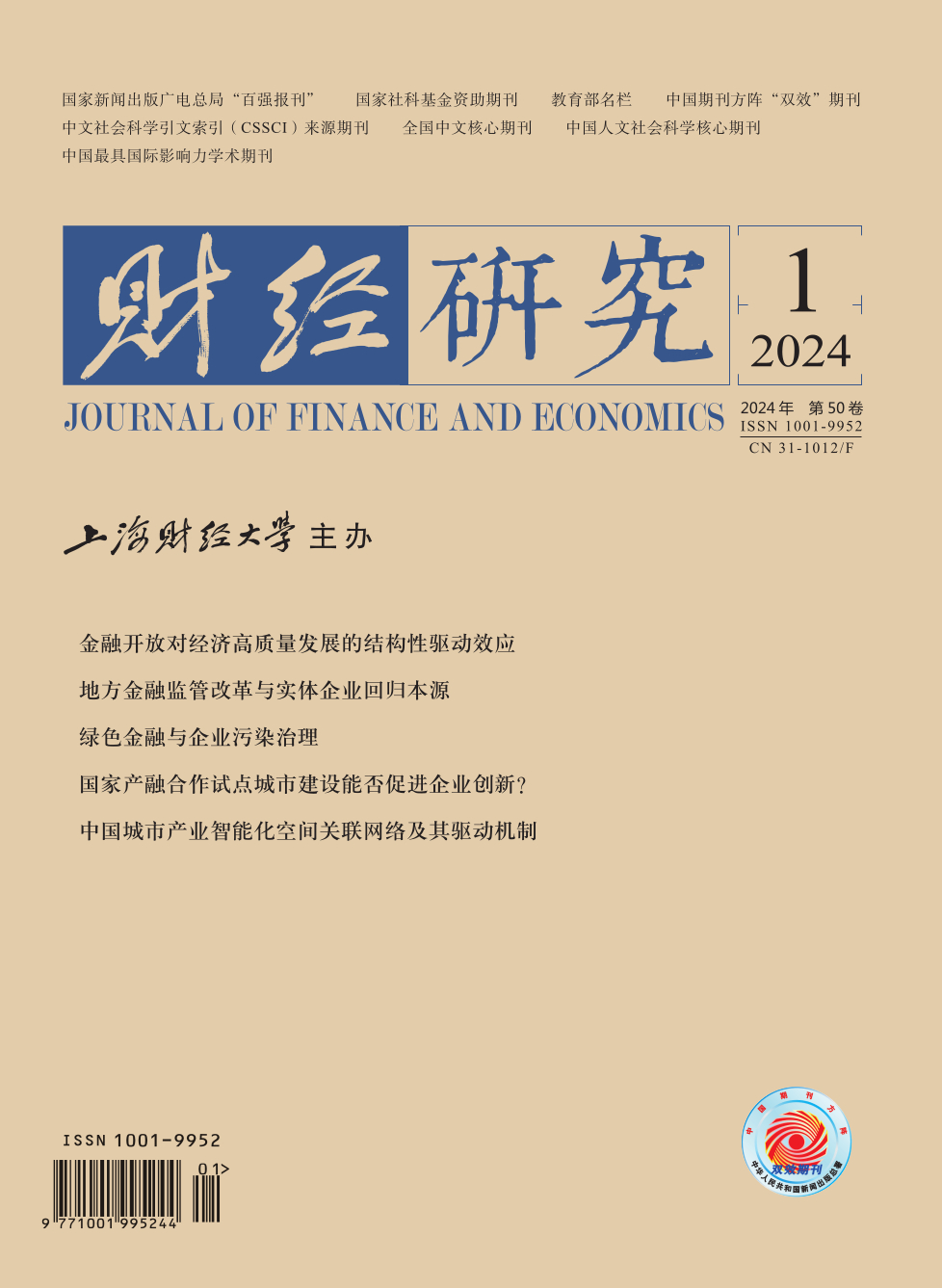With profound changes in the international market environment and the domestic factor endowment, China’s extensive development relying on high investment, high consumption, and high pollution in the early stage is no longer sustainable. The economic development mode urgently needs to transition to “high-quality” development that balances environmental protection and economic efficiency. Meanwhile, building a comprehensive financial openness pattern is not only a necessary path for achieving high-quality development, but also an essential requirement for such new development mode. Therefore, how to release the driving force of financial openness and promote high-quality economic development has become a topic of widespread concern by the government and the society from all walks of life.
This paper focuses on the two major themes of financial openness and high-quality economic development in China, and explores the relationship, influence mechanism and heterogeneity between them based on the city-level data including 280 cities from 2005 to 2021. The results show that: First, financial openness has a significant structural driving effect on high-quality development, especially on innovative development, coordinated development, and shared development. Specifically, compared to capital flow intensity, the structural driving effect of financial openness on high-quality economic development is even stronger. In addition, the positive effect of financial openness on high-quality economic development is mainly reflected in central and eastern regions and key cities; with the improvement of economic development quality, financial openness plays an increasingly important role in its promotion. Second, financial openness is conducive to stimulating the transformation and upgrading of industrial structure, and ultimately providing an important guarantee for high-quality economic development. Third, in regions with higher financial supervision intensity, financial openness has a greater promoting effect on high-quality economic development; the moderating effect of financial supervision has a nonlinear threshold effect.
The marginal contributions are that: First, it focuses on the benchmark relationship between financial openness and high-quality economic development, revealing the heterogeneity of the impact of financial openness on different levels and regions of economic development. Second, within a unified framework, it discusses the promoting effect of financial openness on the transformation and upgrading of industrial structure, supporting the mechanism effect of the transformation and upgrading of industrial structure. Third, it further introduces financial supervision into the “financial openness – high-quality economic development” paradigm to explore the moderating role of financial supervision between financial openness and high-quality economic development. Fourth, in the empirical process, it attempts to use instrumental variables to clearly address endogeneity issues, thereby correcting the underestimation of the impact of financial openness on economic development in the traditional research.





 5004
5004  7520
7520

